|
HVAC agglomerates are particle clusters that are formed in the HVAC sytem.
There are two basic sources
for these particles. One is the filter medium where the particles are
agglomerated on the surface of the
filter. These particles are knocked loose during filter change-out or if a
hole is created in the filter.
The other source is the slow accumulation of particles on the wall of the
HVAC duct. These particles start
typically as diffusional deposits. As they first accumulate on the wall they
create an isolated stactic
charge. This attracts more particles and the agglomerate begins to grow. It
continues to grow until its
mass is sufficient that vibration in the duct jars the agglomerate free and
it becomes part of the air
stream. These agglomerates are generally dominated by soot particles and are
quite dark in appearance.
At times they may be dominated by a local activity, such as remodeling, and
take on a different
appearance. Agglomerates That form in the recycle loop of the HVAC system
will include skin flakes and
typical indoor particles rather than the pollens, fine minerals, insect
parts, tire wear, etc. associated
with the fresh air supply duct.
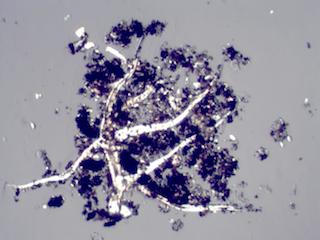
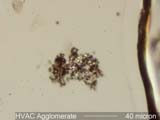

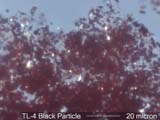
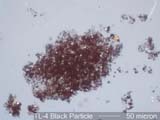
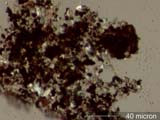
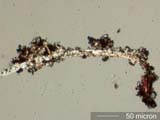
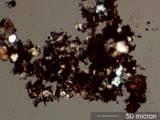
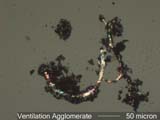
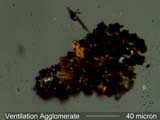
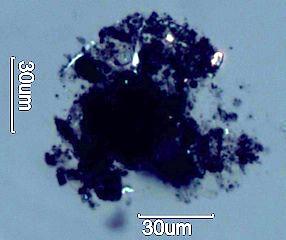
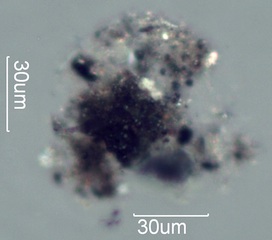
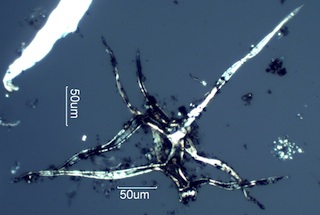
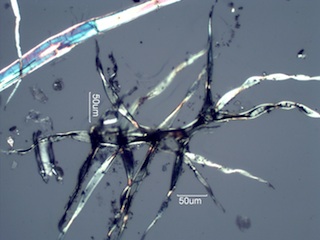
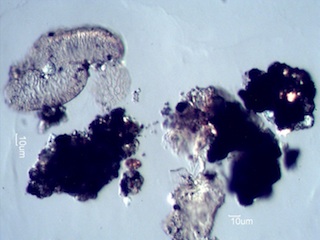
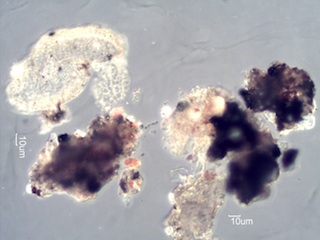
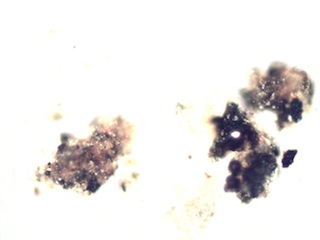
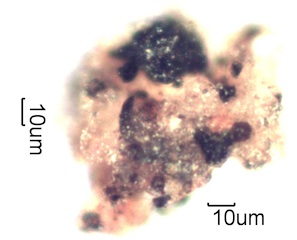
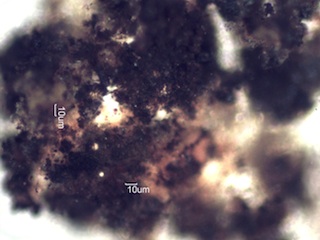
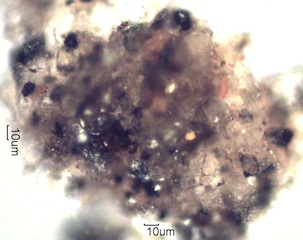
Remodeling agglomerates are particle clusters that indicate remodeling
activities. These particles
may agglomerate during a cleaning activity or they may agglomerate in the
HVAC system. Their
characteristic property is that they consist of particles like plaster,
paint spheres, glass fiber,
sawdust, and other particles associated with the remodeling activity. These
particles may be
associated with health complaints.
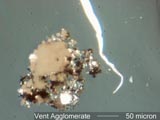
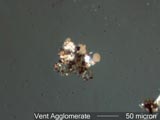
|